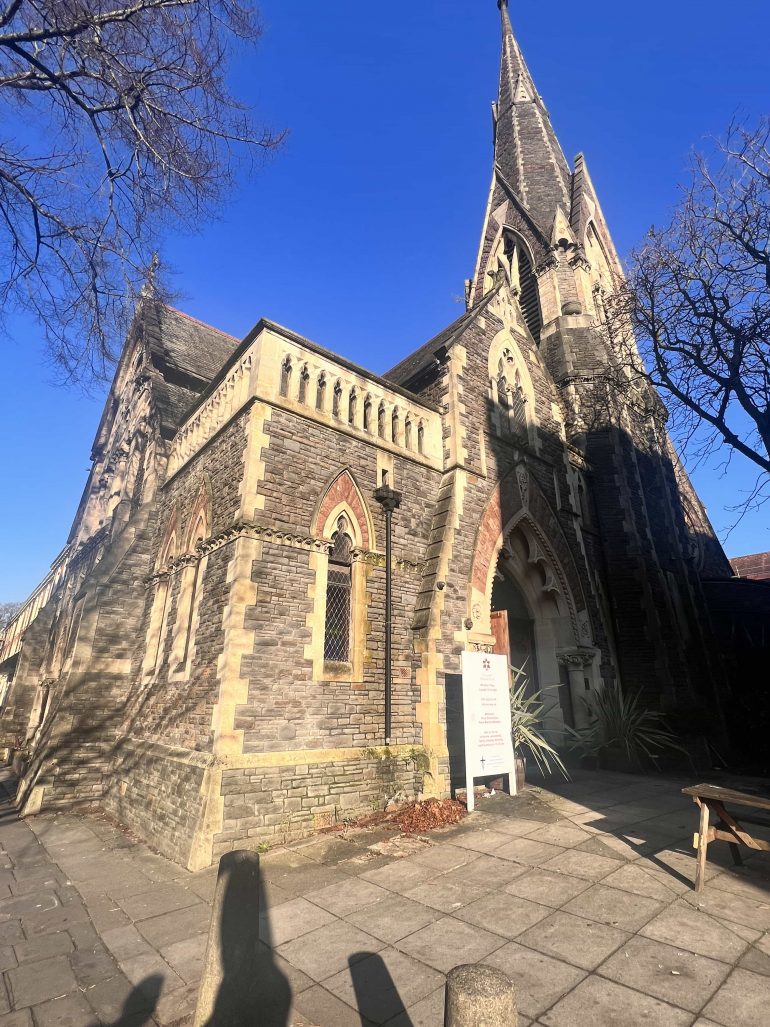One church has only attracted three students in the past few years
CATHAYS has the highest number of people identifying as having ‘no religion’ in Wales, according to the 2021 census.
The census revealed that Cathays North has a percentage of 53.4% saying they have ‘no religion’ and Cathays South and Bute Park have 52.8%.
Local churches have noticed this decline and put this issue down to the neighbourhood having a significant student population.
Mark Lewis, elder of the City United Reformed Church on Windsor Place, said that despite efforts to attract students they have only welcomed three in recent years, and that the majority of their members are not from the Cathays area.
“Unfortunately, we have noticed a decline,” said Mr Lewis.
“We have housing around us but mostly students, the majority of our members travel in from the outskirts of Cardiff.
“Everybody’s expectations of what they want from church is different.
“Some people may want to come for friendship, some people may want to come to listen to the organ. We as a church after Covid have looked at how we can still be a church but not look like a church – that’s how we can attract students.”
In comparison to the 2011 census, the percentage identifying as having ‘no religion’ in Cathays has increased by nearly 10% from 44.2%.
According to the Office for National Statistics, Wales had a greater decrease in people reporting their religion as ‘Christian’ with a 14% drop from 57.6% and a 14.5% increase from people reporting as having ‘no religion’ (up from 32.1%).
Hannah Greenhalgh, 21, is a Welsh student at Cardiff University who lives in Cathays and grew up as a practising Catholic. However, she hasn’t attended church since coming to university.
“I wouldn’t say I still practise religion, but I am still religious,” she said.
“I’ve thought about going into a church a few times when family members have been but I’ve never got round to it. I’ve never thought of attending Sunday mass or joining a community while at university.
“I have never really heard of churches that are attended by students, I don’t think it’s as common among the religous student population.”



